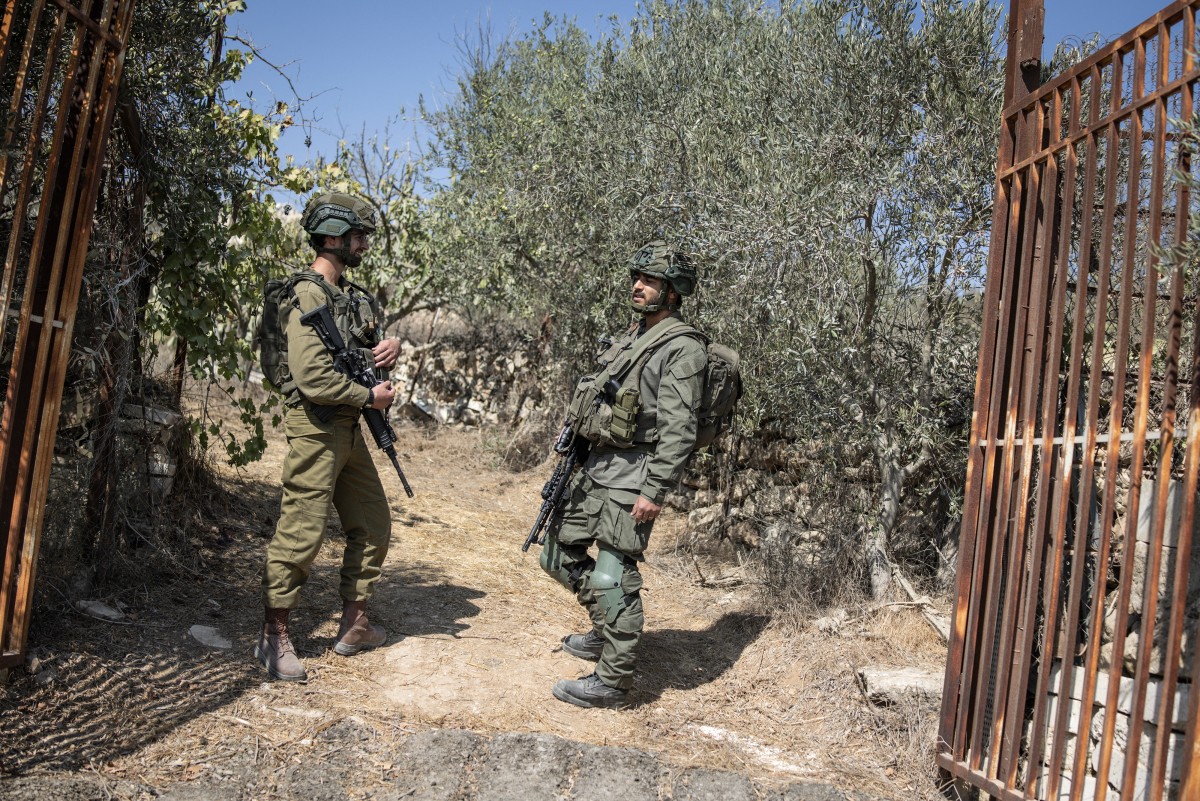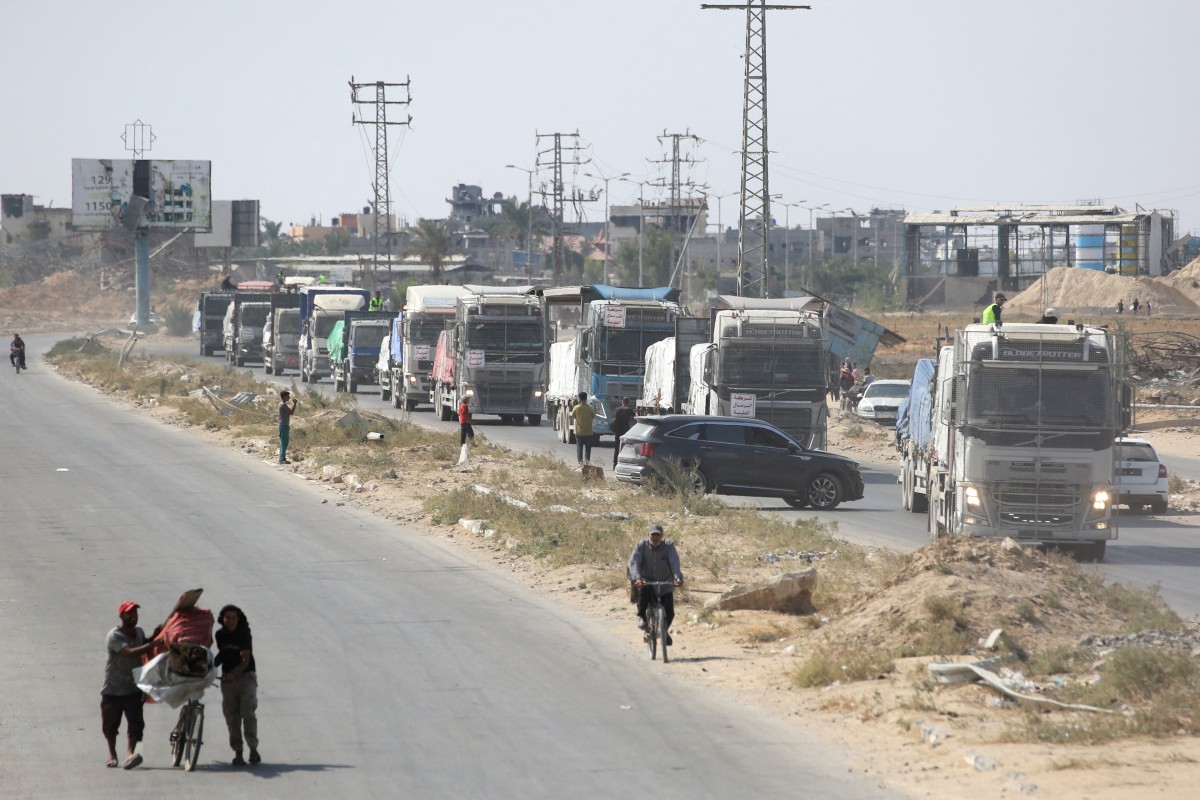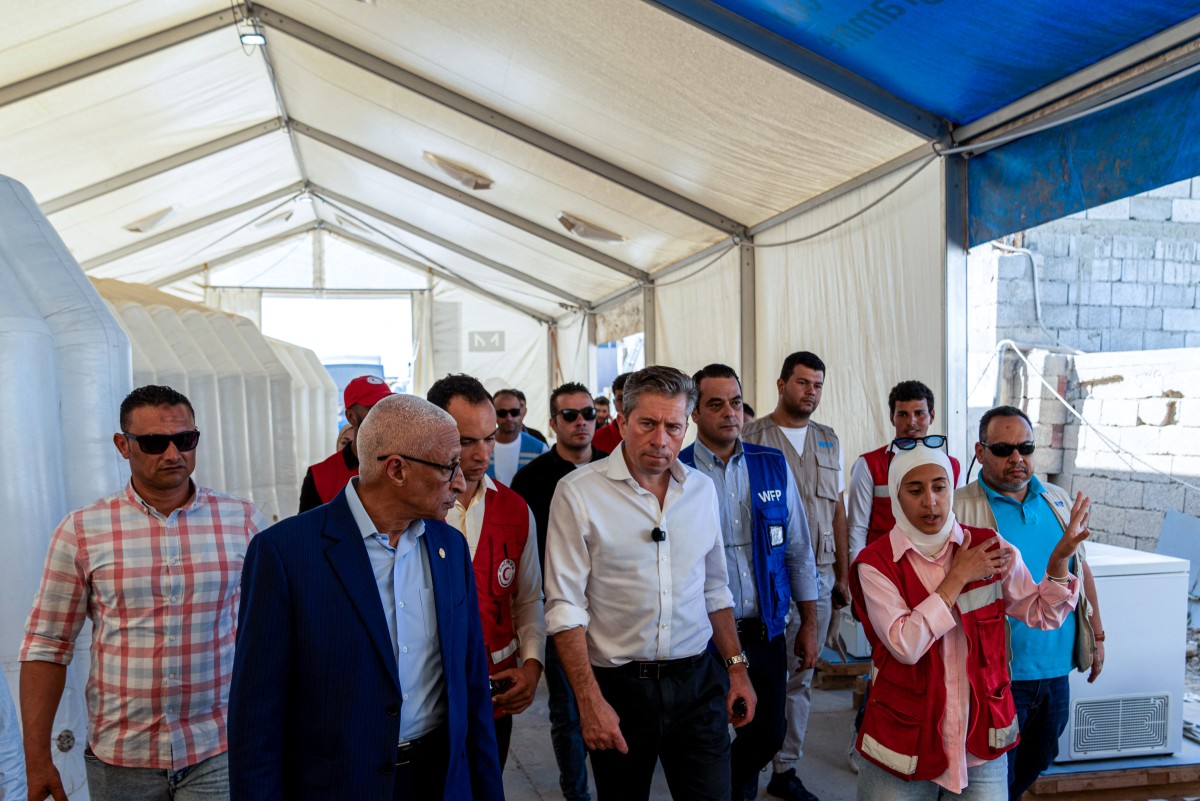
JERUSALEM/UNITED NATIONS - The Israeli army will physically mark the so-called "yellow line," the boundary to which its forces withdrew last week under the Gaza ceasefire, Defense Minister Israel Katz said on Friday.
The yellow line runs inside the Gaza Strip, about 1.5 to 6.5 kilometers from the Israeli border, and currently encloses roughly 47 percent of the territory. It marks the line Israeli forces pulled back to during the first phase of the US-backed ceasefire, retreating from major population centers, while the remaining areas remain under Israeli control. Under the peace plan, Israel is expected to eventually withdraw from the enclave.
Katz said the markers are intended to clearly define the security and political boundary and to warn Hamas fighters and Gaza residents that crossing the line could trigger a military response. Images released by his office show the markers resemble the blue barrels used to mark the UN-recognized Blue Line between Israel and Lebanon.
Earlier this week, Israeli forces said they opened fire on Palestinians who crossed the yellow line in northern Gaza. Palestinian health officials reported at least six deaths.
The pullback to the yellow line is the first of three phases in the US-backed plan. Since Monday, Hamas has released 20 Israeli captives alive and handed over 10 bodies, though Israel said one of the deceased was not an Israeli citizen. In exchange, Israel has freed around 2,000 Palestinian prisoners and detainees.
Hostage held by Hamas
Meanwhile, the Israel Defense Forces (IDF) received from the Red Cross a coffin of an unidentified Israeli hostage held in Gaza, the IDF said early Saturday in a statement.
In a post on X, the IDF said that the coffin, escorted by IDF troops, crossed the border into Israel on its way to the National Institute for Forensic Medicine in Tel Aviv for identification procedures.
The IDF urged the public "to act with sensitivity and wait for official identification, which will first be communicated to the families of the deceased hostages."
ALSO READ: Hamas says committed to ceasefire deal, Gaza reconstruction
This was the 10th body of an Israeli hostage that Hamas has handed over this week, out of 28 bodies it is obliged to return under the first phase of the Gaza peace plan.
Hamas on Monday released 20 live Israeli hostages who had been held in Gaza for two years.

Increased pace of aid deliveries
Also on Friday, Stephane Dujarric, spokesperson for UN Secretary-General Antonio Guterres, said there is a notable increase in the pace of aid delivery in Gaza, despite rubble and unexploded ordnance.
The spokesperson said the Israelis reported to ceasefire mediators that 950 trucks transited into Gaza on Thursday through crossings they control, including 11 carrying fuel and gas, with 143 of the total trucks passing through Kissufim crossing and the remaining 807 going through Kerem Shalom/Karem Abu Salem.
Dujarric said that UN Under-Secretary-General for Humanitarian Affairs and Emergency Relief Coordinator Tom Fletcher, who heads the Office for the Coordination of Humanitarian Affairs (OCHA), was able to enter the Gaza Strip on Friday.
"He crossed from Egypt through the Israeli side of the Kerem Shalom crossing," the spokesman said.

Dujarric said the United Nations hopes that Israel will permit every UN representative, not so many senior officials, but all the staff needed in Gaza, including nutrition experts, health experts and demining experts.
OCHA said Fletcher drove to Deir al-Balah, where he visited the Castle Bakery, one of nine bakeries that the World Food Programme supports with fuel and ingredients across southern and central Gaza. The bakery used to be the largest in Khan Younis, serving thousands of families until it had to relocate following an Israeli displacement order.
READ MORE: Israel orders military to prepare to resume Gaza assault if truce collapses
Fletcher said that with humanitarian teams delivering on the 60-day plan to massively scale up life-saving work, the challenges ahead are immense, but they are determined to deliver on the humanitarian possibilities created by the peace deal.


